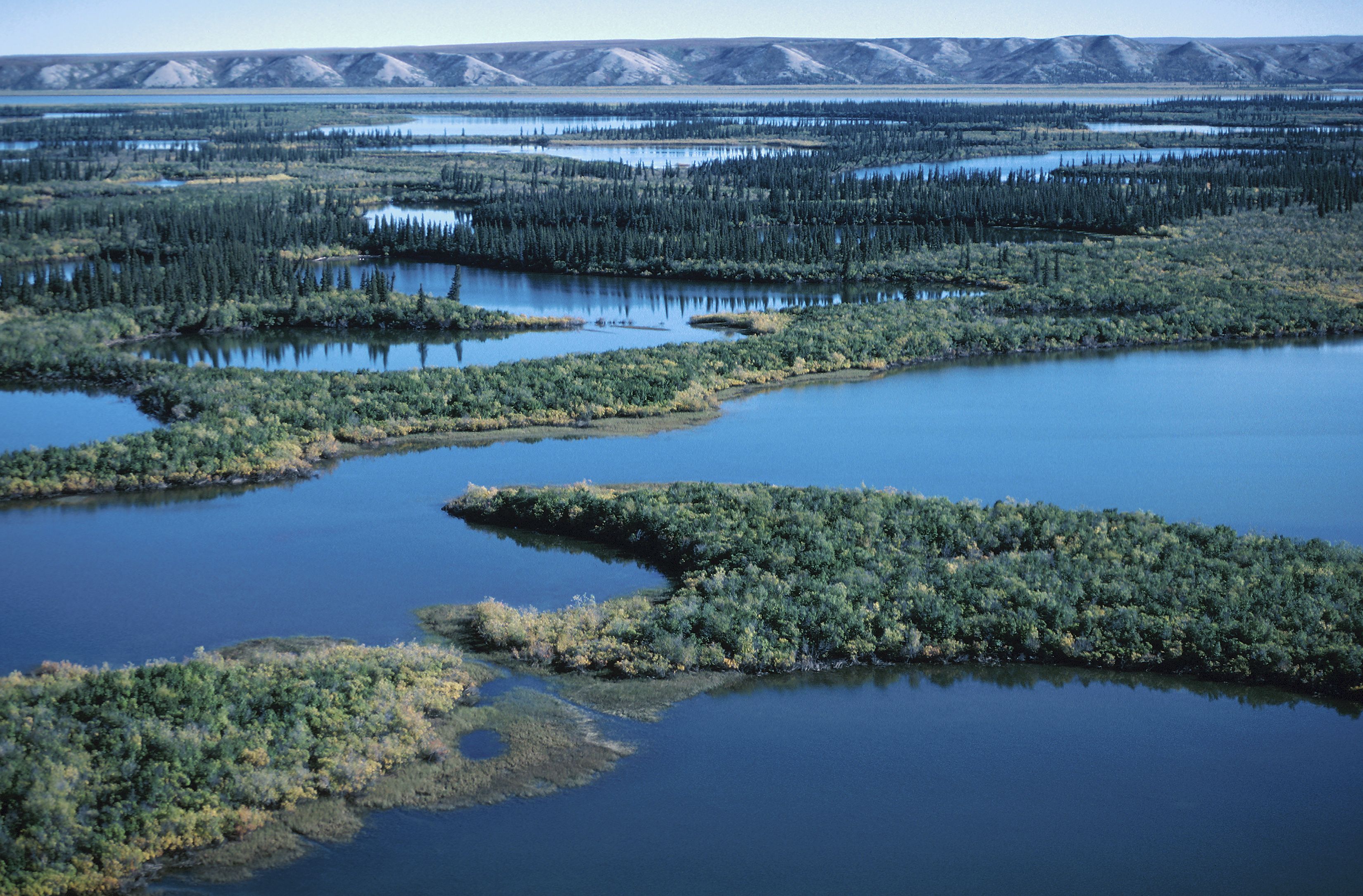The Peel Watershed Regional Land Use Plan has been finalized nearly 15 years after the Peel Watershed Planning Commission was formed.
Leaders from the Governments of Yukon, Tr’ondëk Hwëch’in, the First Nation of Na-Cho Nyäk Dun, Vuntut Gwitchin First Nation and the Gwich’in Tribal Council gathered yesterday in Mayo, Yukon to officially sign the plan and celebrate their shared accomplishment. Catherine McKenna, Minister of Environment and Climate Change Canada also joined in the historic signing ceremony, which took place on the traditional territory of the First Nation of Na-Cho Nyäk Dun.
“Our government committed to accepting the final recommended plan and we are honoured to deliver on that commitment for the benefit of all Yukoners,” said Yukon Premier Sandy Silver. “With our First Nations partners, we stand together for the Peel and celebrate this significant accomplishment.”
The plan will guide future use of land and resources in the Peel Watershed Planning Region, 67,431 square kilometres of ecologically sensitive land in Northeastern Yukon that is home to at-risk wildlife such as the threatened boreal woodland caribou.
“This is truly a great day. I am tempted to think that my work as Chief is over; that I can kick back now and fade into oblivion knowing that my people have a sanctuary for future generations. But in truth, the real work is just beginning,” said Dun Chief Simon Mervyn of Na-cho Nyäk.
The planning region is divided into 16 land management units which are designated either Special Management Area (55 per cent), Wilderness Area (25 per cent), Wilderness Area – Boreal Caribou (3 per cent), or Integrated Management Area (17 per cent). Each land management unit has specific recommendations pertaining to land use, conservation, and monitoring. This land use plan is intended to allow for responsible land use while ensuring ecologically sensitive areas in the watershed are protected for the benefit of future generations.
“The Commission, the Courts and the People have spoken on this long journey as we the parties have now reached agreement. A year ago we endeavored to complete, approve, and implement this Peel Watershed plan by consensus and that to me is not only a prime example of reconciliation, but of the intent of our final agreements,” said Vuntut Gwitchin First Nation Chief Dana Tizya-Tramm. “In collaboratively reaching our 8 goals in the plan, we have fulfilled our obligations to my people, Yukoners, Canadians, and to future generations. We have always been committed and true to the rights, titles, and interests in our final agreements throughout this process, and my people are happy to see meaningful conclusion in a good way on such integral lands. My heartfelt appreciation goes out to everyone who had a hand in the plan’s completion. Mahsi’ Cho.”
The five governments involved committed to jointly implement recommendations in the plan and to establish a committee to provide advice on implementation and monitoring on both First Nations’ Settlement Lands and Non-Settlement land.
“Signing the Peel Regional Land Use plan completes our journey to defend the integrity of our agreements and the promise of collaborative processes made during the land claims process,” said Tr’ondëk Hwëch’in Chief Roberta Joseph. “It also protects an area of value to First Nations people, and I am so pleased the pristine nature of this landscape will exist for our citizens yet to come. A debt of gratitude is owed to all our partners and past leaders who believed in the honour of our treaties.”
The Peel Watershed Planning Region is a 67,431 square kilometer area located in Northern Yukon and drains 14 per cent of Yukon’s territory into the Arctic Ocean through the Mackenzie River Delta. The Peel watershed is a delicate ecological region used by migratory wildlife including the threatened boreal woodland caribou. Grizzly bears, moose, dall sheep, and wolves are some of the large mammals that live in the region.
“The Gwich’in have always wanted to protect and maintain their close and sacred relationship to the Peel Watershed, a relationship that has existed for time immemorial through our ancestors,” said Gwich’in Tribal Council Grand Chief / President Bobbie Jo Greenland-Morgan. “It is important that the Gwich’in, the Government of Yukon, and Northern Yukon First Nations found common ground and worked together to achieve a final Peel Watershed Regional Land Use Plan that is in the best interest of our future generations. The Peel Watershed is priceless— protecting it for the future is the right thing to do. The Gwich’in are pleased that in doing so our Indigenous treaty rights and interests are being honored and upheld.”









